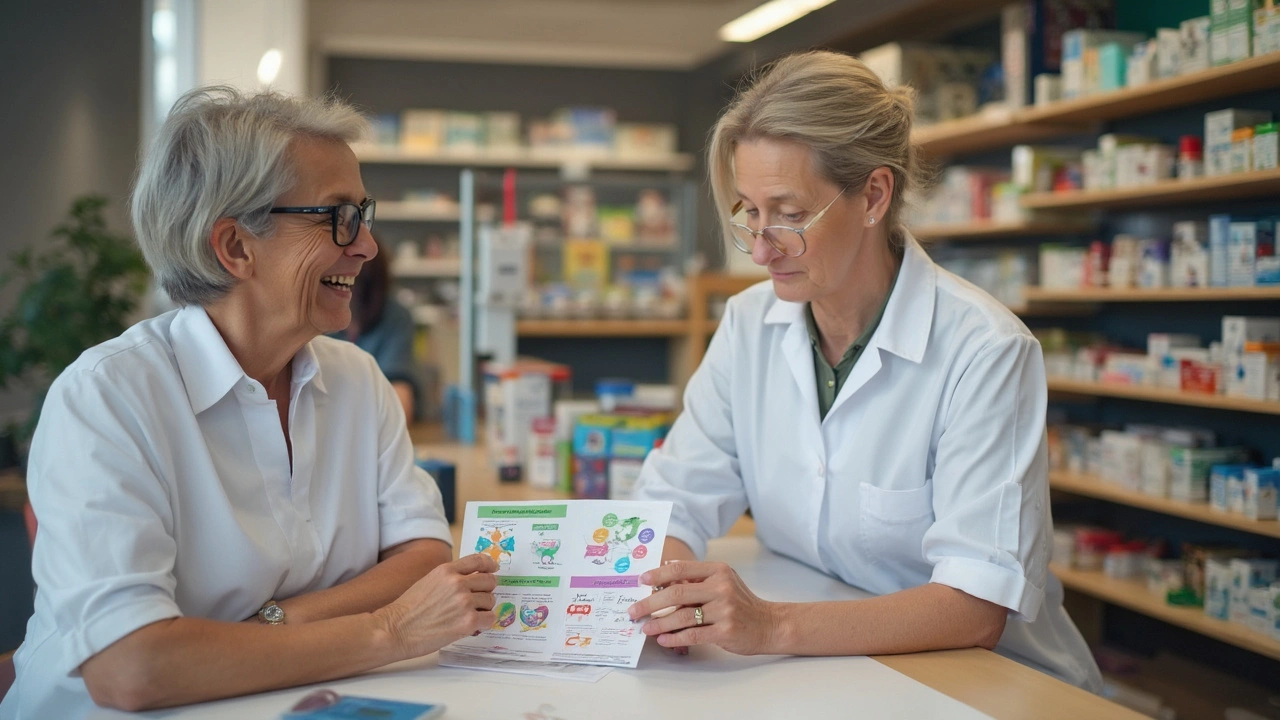Lifestyle Changes for Hypertension: Practical Steps to Lower Blood Pressure
High blood pressure responds to everyday habits. Small, clear changes often make a big difference—sometimes lowering numbers enough to cut medicine or reduce dose when your doctor agrees. Below are straightforward, research-backed steps you can try right away.
Eat better and cut salt
Follow the DASH approach: more vegetables, fruits, whole grains, lean protein, and fewer processed foods. Aim for under 1,500 mg of sodium per day if possible; at minimum try to keep sodium below 2,300 mg. Swap processed snacks for fresh fruit, rinse canned vegetables, and cook with herbs instead of salt.
Add potassium-rich foods (bananas, potatoes, beans, spinach) unless your doctor says otherwise—potassium helps balance sodium and can lower blood pressure. Watch portion sizes: a single restaurant meal can carry more sodium than an entire day at home.
Move, lose a little weight, and cut alcohol
Exercise lowers blood pressure right away and keeps it down over time. Aim for 150 minutes a week of moderate activity (brisk walking, cycling) or 75 minutes of vigorous exercise. Even 30 minutes a day, five days a week, helps.
Losing 5–10% of body weight often brings noticeable blood pressure drops. Start with small goals: lose 1–2 pounds a week by cutting 300–500 calories a day and adding activity. If you drink, keep it to one drink a day for women and two for men—or less.
Quit smoking and cut caffeine if it spikes your readings. Smoking raises heart rate and narrows vessels. Kicking the habit improves blood pressure and lowers your overall heart risk.
Sleep and stress matter. Aim for 7 hours of sleep nightly. If you snore or feel tired, ask about sleep apnea testing—untreated sleep apnea raises blood pressure. Use simple stress tools: 10 minutes of deep breathing, a short walk, or brief guided meditation daily can help lower readings.
Track your numbers. Buy an automatic home blood pressure cuff and measure twice a day for a week to get a reliable baseline. Write readings down or use an app and share them with your provider. Seeing trends helps your doctor adjust treatments wisely.
Keep taking prescribed meds unless your clinician tells you otherwise. Lifestyle steps complement medication; they rarely replace urgent prescription changes immediately. Tell your doctor about herbal supplements—some interact with blood pressure drugs.
Quick checklist you can use today:
- Switch one processed meal a day to a home-cooked DASH-style plate.
- Take a 30-minute walk at least five days this week.
- Cut one alcoholic drink per day or skip alcohol for a week and note BP changes.
- Buy a validated home BP cuff and record morning/evening readings for 7 days.
Ask your doctor for help making a plan. Small, consistent steps add up and often lead to better numbers, fewer side effects, and a healthier life.

